Fatehpur Sikri Fort
Exploring Akbar’s city of victory
Fatehpur Sikri remains one of India’s most remarkable architectural achievements, constructed during the golden age of the Mughal Empire.
This magnificent complex, built between 1571 and 1573, served as the capital of Emperor Akbar’s vast empire, though only for a brief period of ten years.
The historical significance and construction
The creation of Fatehpur Sikri marked a pivotal moment in Mughal history. Emperor Akbar commissioned this grand project, establishing it as the first planned city of the Mughal Empire. Situated in the northern Indian state of Uttar Pradesh, the complex showcases an impressive blend of Indo-Islamic architectural styles.
Built primarily from red sandstone, the fort complex spans over 60 hectares and is protected by a 6-kilometre wall with nine gates. The careful internal urban planning is evident in its grid-pattern layout, featuring efficient drainage and water management systems that were well ahead of their time.
Architectural marvels within the complex
The royal palaces and administrative buildings within Fatehpur Sikri demonstrate extraordinary architectural innovation. The Diwan-i-Am, or Hall of Public Audience, features intricate stone screens and a distinctive raised chamber for the emperor. Nearby stands the remarkable Panch Mahal, a five-storey structure inspired by Persian wind-catcher towers.
The residential areas include the grand palace of Jodha Bai, which showcases richly carved pillars and an eye-catching azure-blue ribbed roof. The complex also houses the Turkish Sultana’s pavilion and Birbal’s House, each displaying unique architectural elements that blend indigenous and Persian styles.
At the heart of Fatehpur Sikri lies the magnificent Jama Masjid, completed in 1571-72. This early religious structure incorporates the exquisitely decorated tomb of Saikh Salim Chisti, which was further enhanced during Jahangir’s reign in 1606.
The most imposing structure, the Buland Darwaza, rises 40 metres high and serves as a triumphant symbol of Mughal architectural prowess. This grand gateway, completed in 1575, commemorates Emperor Akbar’s victory in Gujarat and remains one of the most significant architectural achievements of his reign.
Conservation and preservation
Modern conservation efforts have ensured the preservation of this remarkable heritage site. The Archaeological Survey of India maintains strict protection measures, including a ban on mining activities within a 10-kilometre radius. These initiatives help safeguard the authentic character of the original structures while preserving their historical significance.
Final thoughts
Fatehpur Sikri represents the pinnacle of Mughal architectural achievement, combining practical urban planning with artistic excellence. This enduring symbol of India’s rich cultural heritage continues to inspire awe through its grand scale and architectural sophistication, making it an essential chapter in the story of human architectural achievement.

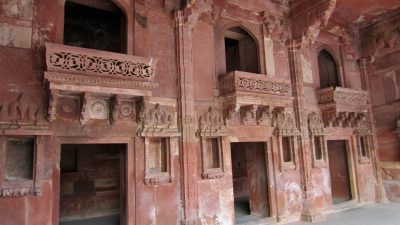
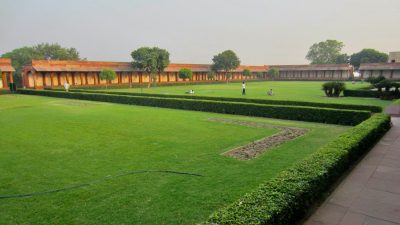
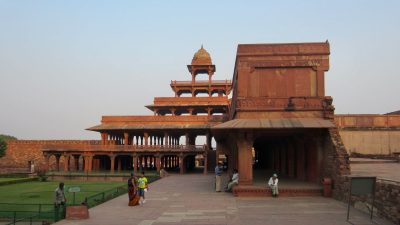
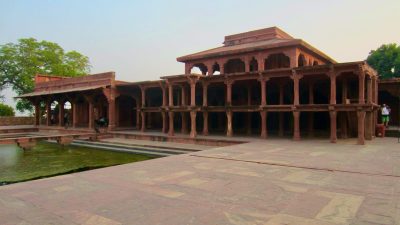

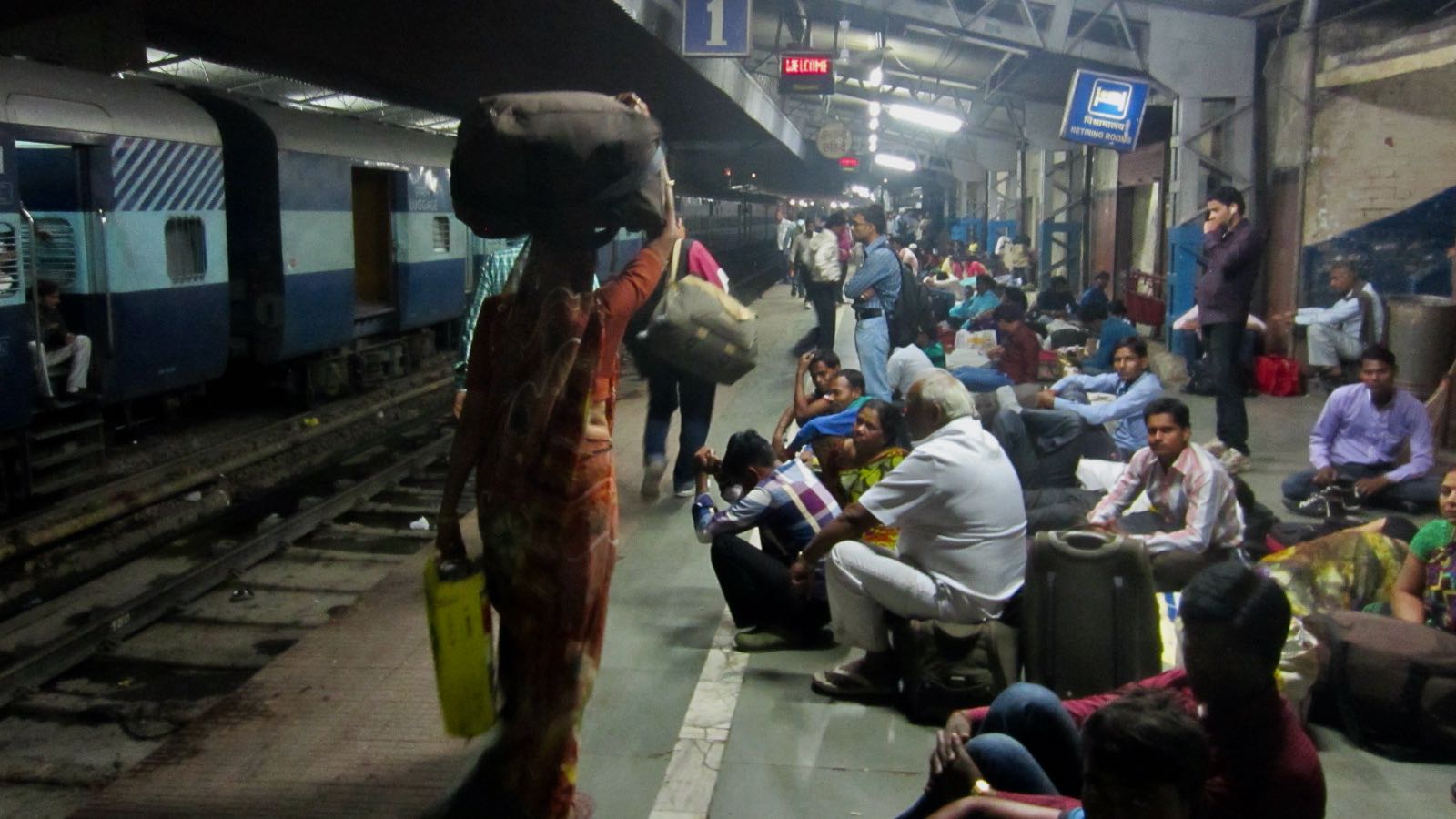
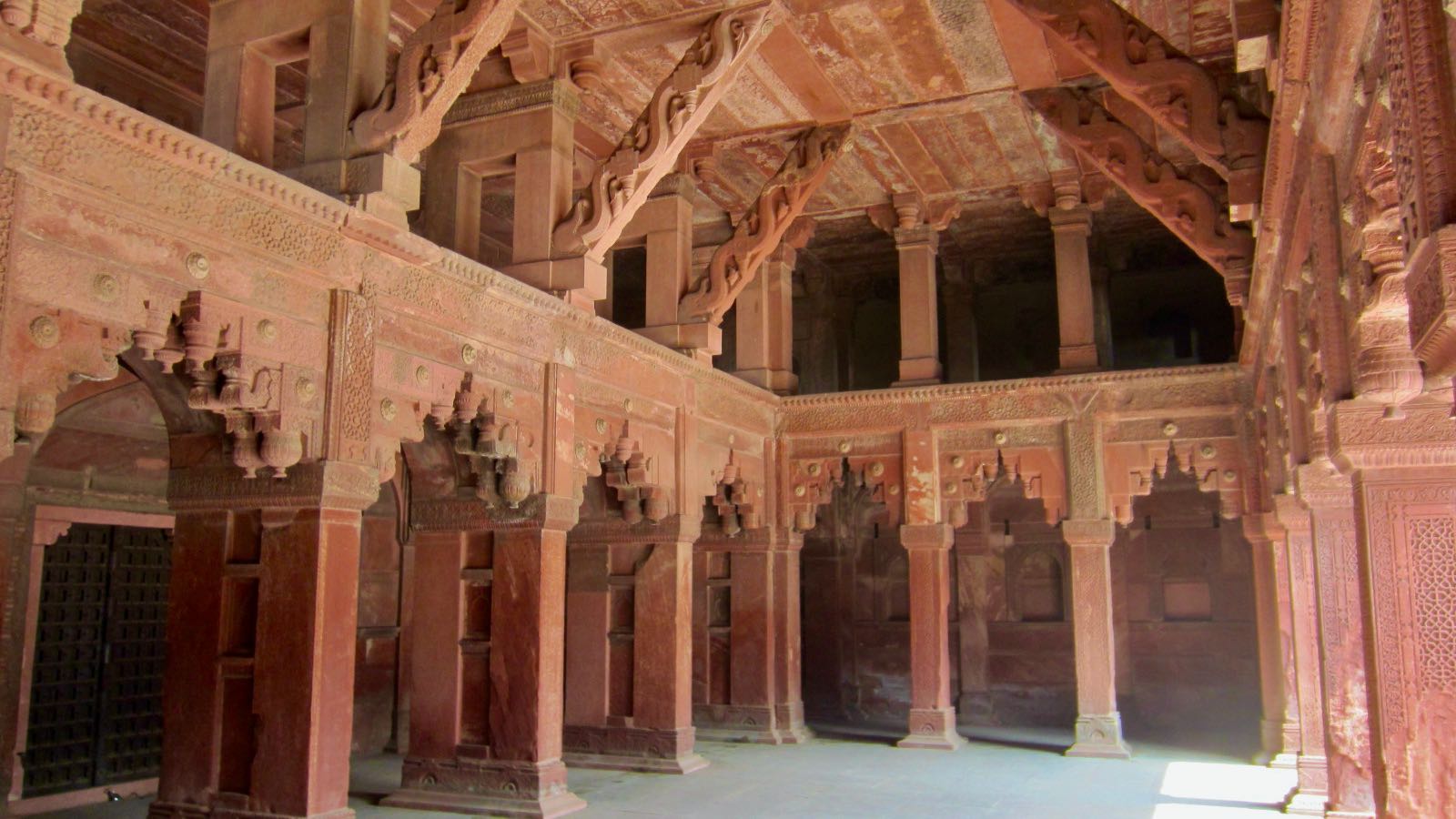
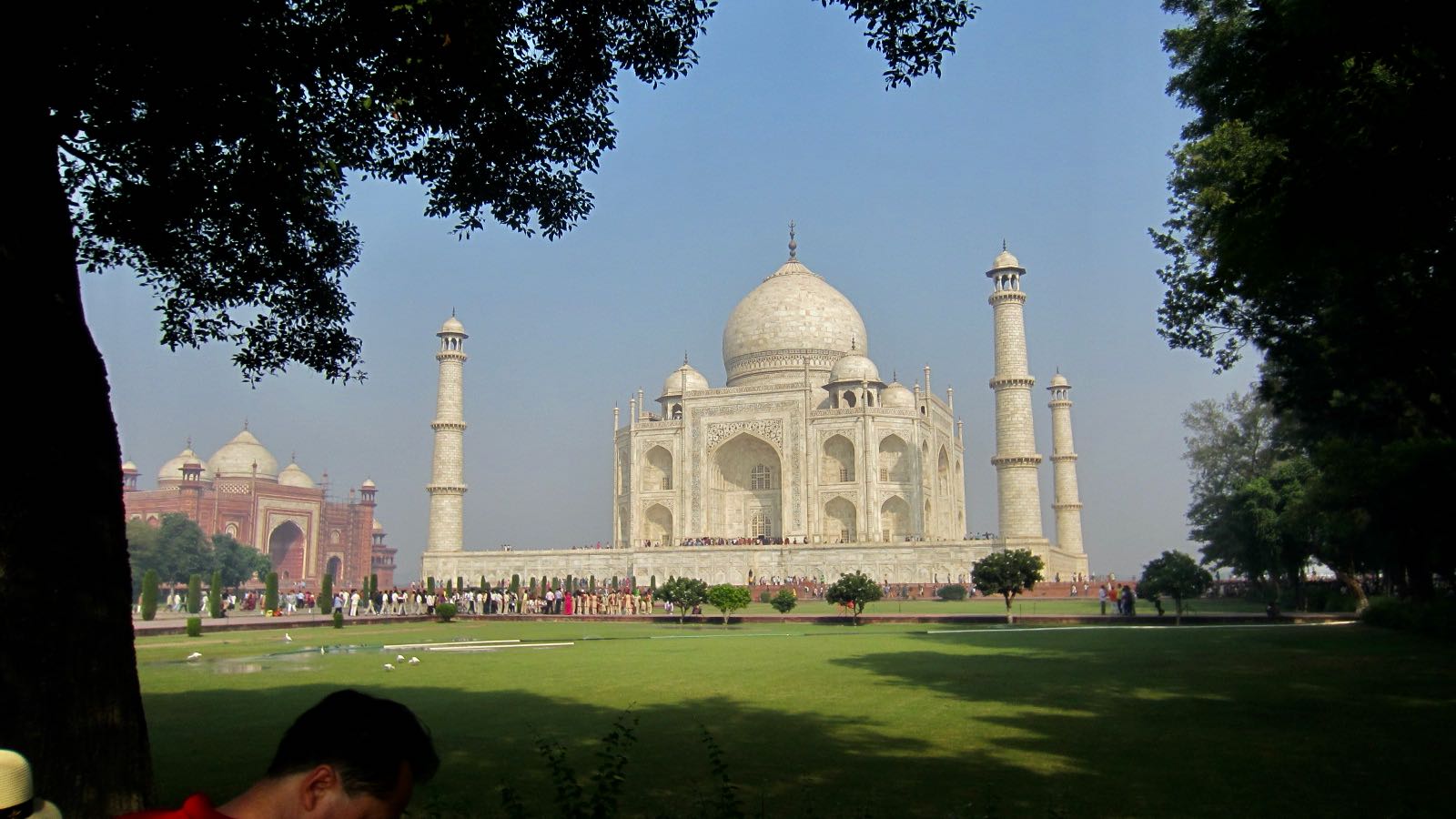
Leave A Comment